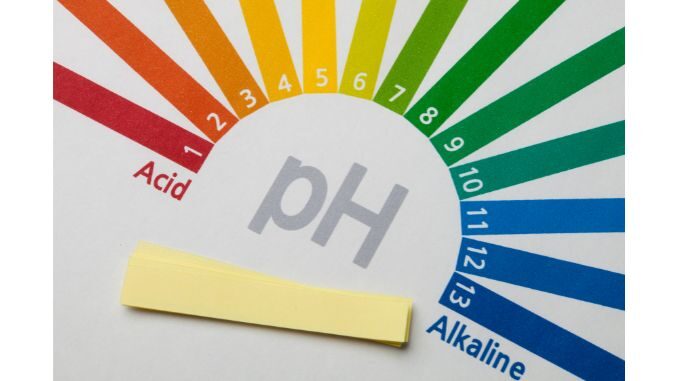
Introduction
Acids which does not completely dissociate are termed weak acids. The conjugate base of these acids is very unstable due to which they tend to regain their original form hence these acids do not release H+ ions easily.
The dissociation constant for these acids has low values. Whereas the dissociation constant of strong acids has a very high value.
The aqueous solution of these acids has low conductivity and consists of both protonated and unprotonated compounds.
Examples
1. Formic acid (HCOOH)
It consists of 2 hydrogens, 2 oxygen, and a carbon center, with a molar mass of 46. It is said that an ant’s sting contains formic acid.
2. Acetic acid (CH3COOH)
This is one of the most commonly used acids. It is present in vinegar which is generally used for cooking purposes. It has a molar mass of 60.
3. Benzoic acid (C6H5COOH)
Benzoic acid is the simplest aromatic carboxylic acid. It consists of a benzene ring and has a molar mass of 122. Its boiling point is 395K, while its melting point is 522K.
4. Oxalic acid (C2H2O4)
This acid is commonly found in white crystalline form. Its aqueous solution has low conductivity. Molar mass 90. Its boiling point is 638K. This acid reacts with the calcium in the tissues to form calcium oxalate which disturbs the calcium-potassium ratio, hence it’s a poison as well.
5. Hydrofluoric acid (HF)
It is a colorless and highly corrosive acid, but it is considered as weak acid mainly because it does not dissociate completely in water instead it forms strong hydrogen bonds with water molecules. It is also a highly polar compound.
6. Nitrous acid (HNO2)
This acid has a molar mass of 47. It is mainly found in liquid form or gaseous form. It is an important ingredient in the preparation of diazonium salts from amines. Nitrous acid has a density of 1g/cm3
7. Sulfurous acid (H2SO3)
Sulfurous acid is predominantly found in a gaseous state. Its molar mass is 87.
Reactions involving Weak acids
In this section, we will know about some reactions which involve weak acids.
1. CH3COOH + Δ → H2C = C = O + H2O
Acetic acid when exposed to heat dissociates to release water molecules and a carbon compound.
2. NaHCO3 + CH3COOH → CH3COONa + CO2 + H2O
Acetic acid when mixed with sodium bicarbonate which is commonly known as baking soda gives a metal salt and releases carbon dioxide.
This process is one of the most common reactions in day-to-day life as this reaction takes place while baking a cake. We add baking soda to the cake mix along with a little bit of acetic acid, by doing this the carbon dioxide released makes the cake fluffy.
3. (COOH)2 + KOH → (COOK)2
Oxalic acid reacts with potassium hydroxide to form potassium oxalate.
4. The reaction of Hydrofluoric acid with glass.
HF acid is a weak but corrosive acid, hence when it comes in contact with glass forms a compound Na2SiF6, due to which the glass gets corroded.
Also, it is advised not to store HF in a glass container.
Problems
1. What is the main difference between weak acids and strong acids?
Weak acids do not dissociate completely in their aqueous solution while strong acids dissociate completely, due to which weak acids have a low value of the dissociation constant whereas strong acids have a high value for the same.
2. What are the applications of weak acids?
Generally, weak acids are less harmful as compared to strong acids, hence some of them are safely used in multiple processes to fit the purpose. For example, weak acids are used in baking, nitrous acid is used to prepare diazonium salts which are used in dying and pigment industries.
3. Which acid is the most basic aromatic carboxylic acid? Also, tell about the nature of that acid.
Benzoic acid is the most basic aromatic carboxylic acid. It is a weak acid in nature.
4. Hydrofluoric acid is highly corrosive in nature but it is still considered to be a weak acid. Give an appropriate reason.
Hydrofluoric acid is a weak acid because when we dissolve Hydrofluoric acid in water it does not dissociate completely. It happens because hydrofluoric acid is a polar compound and forms strong hydrogen bonds with water molecules.
5. State the name of one acid each which is present in solid, liquid, and gaseous states respectively.
Oxalic acid is commonly found in the solid state.
Formic acid is found in the liquid state.
While carbonic acid is found in the gaseous state which is also found in the Earth’s atmosphere.
Written By: Bharat Awasthi
